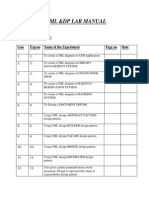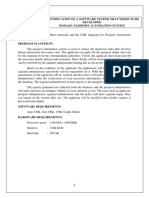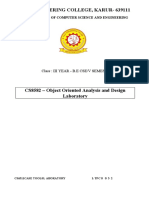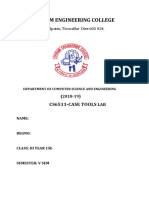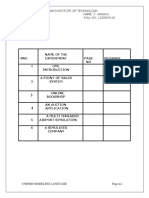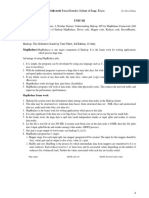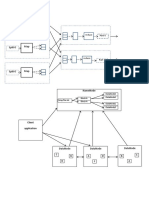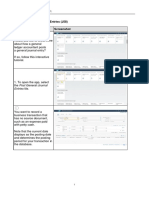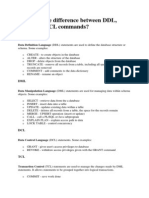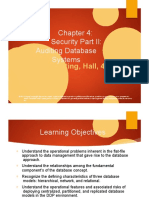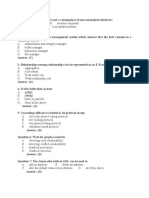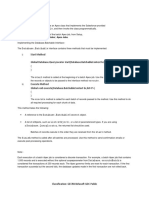0% found this document useful (0 votes)
125 views25 pagesOoad Lab Exp PDF
The document describes developing models for a library management system and an automatic teller machine (ATM) system using the Unified Modeling Language (UML). It discusses the functional requirements and basic concepts of each system. Diagrams that can be used with UML are listed, including use case diagrams, class diagrams, sequence diagrams, collaboration diagrams, state charts, components, and deployment diagrams. Examples of some of these diagrams are included for both the library management and ATM systems. The goal is to develop models for these systems using UML diagrams.
Uploaded by
raghu4220Copyright
© © All Rights Reserved
We take content rights seriously. If you suspect this is your content, claim it here.
Available Formats
Download as PDF, TXT or read online on Scribd
0% found this document useful (0 votes)
125 views25 pagesOoad Lab Exp PDF
The document describes developing models for a library management system and an automatic teller machine (ATM) system using the Unified Modeling Language (UML). It discusses the functional requirements and basic concepts of each system. Diagrams that can be used with UML are listed, including use case diagrams, class diagrams, sequence diagrams, collaboration diagrams, state charts, components, and deployment diagrams. Examples of some of these diagrams are included for both the library management and ATM systems. The goal is to develop models for these systems using UML diagrams.
Uploaded by
raghu4220Copyright
© © All Rights Reserved
We take content rights seriously. If you suspect this is your content, claim it here.
Available Formats
Download as PDF, TXT or read online on Scribd
/ 25






